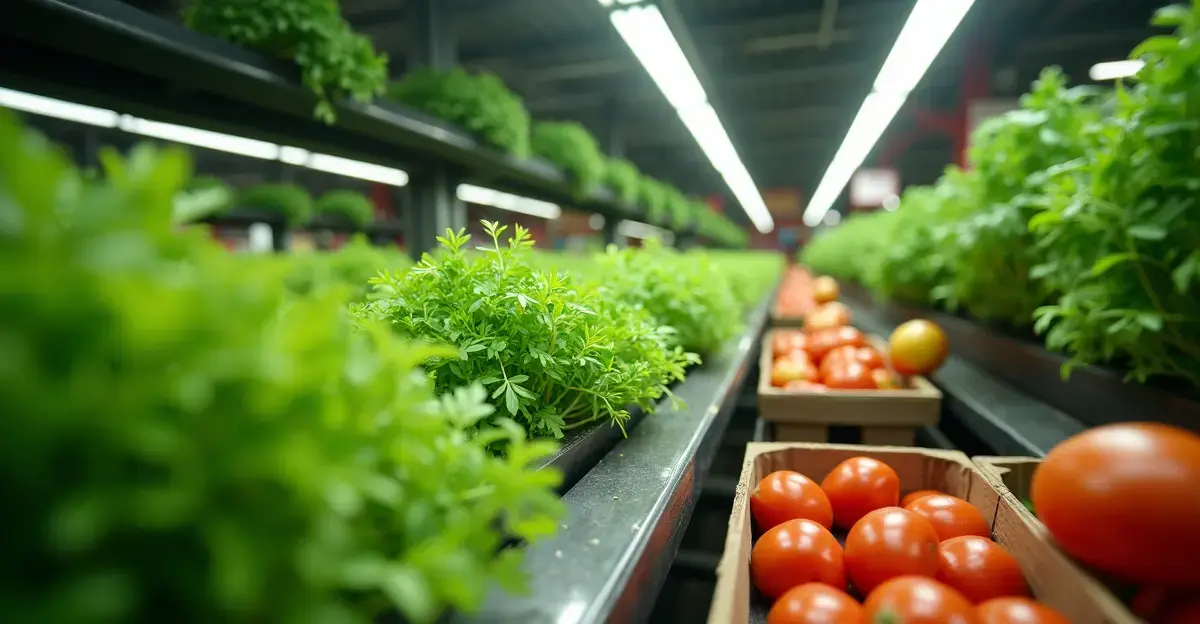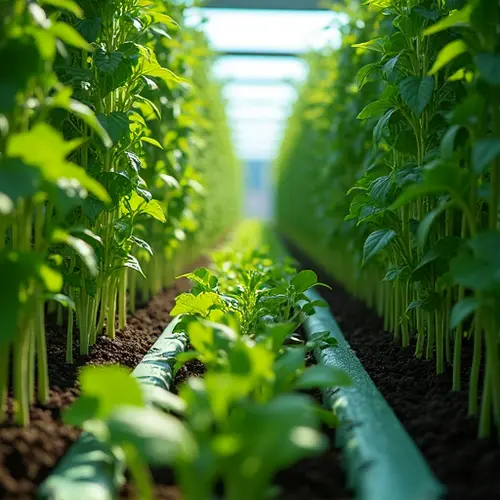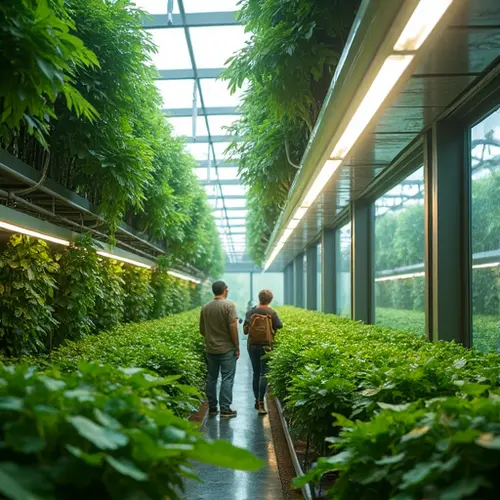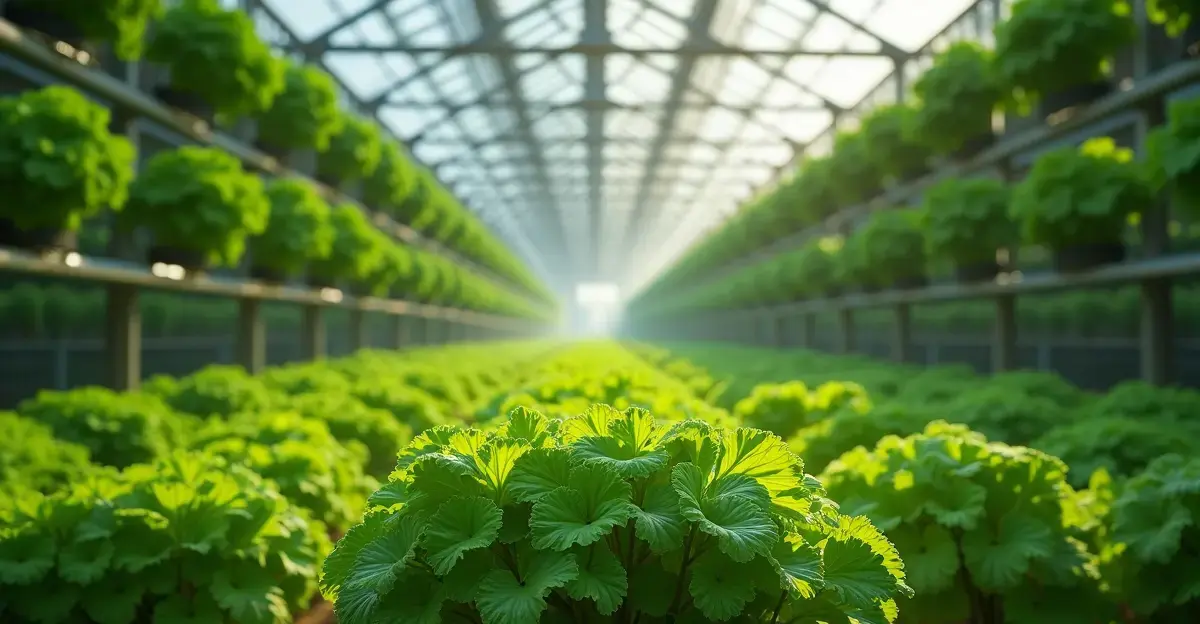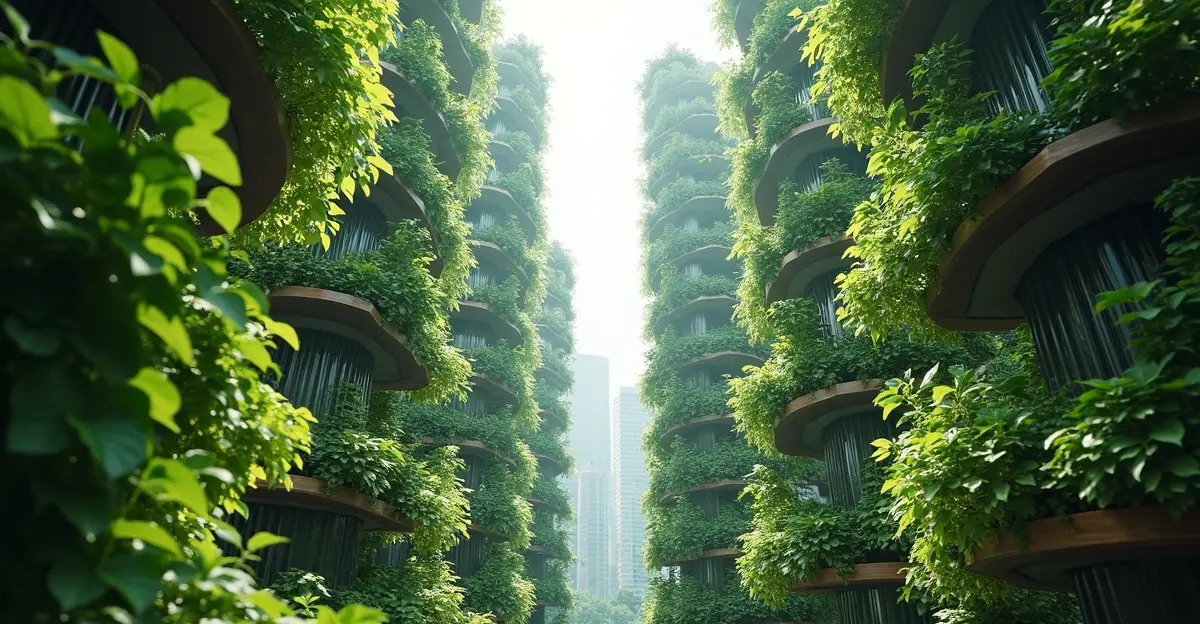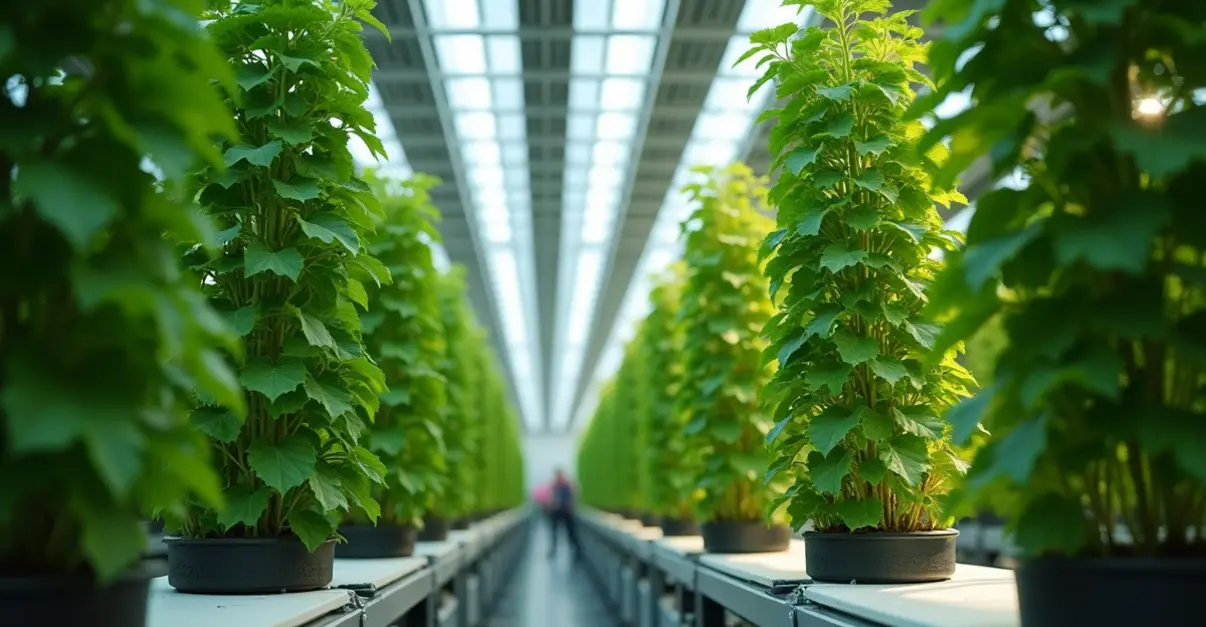Precision fermentation and vertical farming are competing to transform food production by 2040. Precision fermentation offers 10,000x cost reductions since 2000 and uses far fewer resources than traditional farming. Vertical farming provides 390x higher yields per square foot with 95% less water. Both technologies perform well in taste tests and offer sustainable alternatives to conventional agriculture.
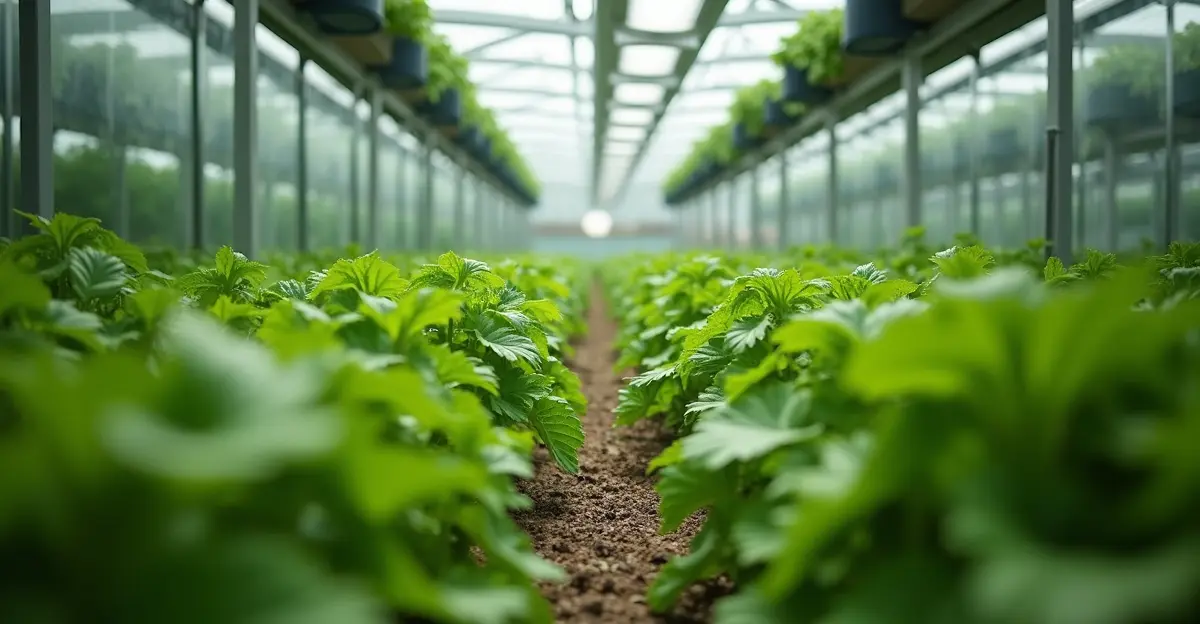
The Future of Food: Two Technologies Competing for Our Plates
As we approach 2040, the global food system is undergoing its most significant transformation since the agricultural revolution. Two competing technologies—precision fermentation and vertical farming—are racing to redefine how we produce food, with each promising to solve different aspects of our growing food security and sustainability challenges.
Precision Fermentation: The Molecular Revolution
Precision fermentation represents a fundamental shift from traditional agriculture to molecular manufacturing. This technology uses genetically modified microorganisms like yeast, bacteria, or fungi to produce specific proteins, fats, and other food ingredients that are molecularly identical to those derived from animals or plants. 'We're not just making food differently—we're making different food at the molecular level,' explains Dr. Sarah Chen, a food technology researcher at MIT.
The cost curves for precision fermentation have been nothing short of revolutionary. According to recent analysis, production costs have dropped from approximately $1 million per kilogram in 2000 to just $100 per kilogram by 2020—a staggering 10,000-fold reduction. Industry experts predict price parity with conventional animal proteins could be achieved as early as 2025, making this technology increasingly competitive with traditional agriculture.
The efficiency gains are equally impressive. Precision fermentation requires approximately 5 times less energy, 10 times less water, 10-25 times less feedstock, and 100 times less land than traditional livestock farming. 'This isn't just incremental improvement—it's a complete paradigm shift in resource utilization,' notes Mark Thompson, CEO of FermentTech Solutions.
Vertical Farming: The Urban Agriculture Solution
Vertical farming takes a different approach, bringing agriculture directly into urban centers through multi-layer indoor farming systems. Using controlled-environment agriculture techniques like hydroponics, aeroponics, and aquaponics, these farms can produce crops year-round with remarkable efficiency.
The global vertical farming market is experiencing explosive growth, projected to expand from $8.52 billion in 2025 to $50.10 billion by 2032. A typical 1,000 square foot vertical farm can produce approximately 10,000 heads of lettuce monthly, generating $15,000-$25,000 in revenue at wholesale rates. 'We're seeing yields 390 times greater per square foot than traditional farming while using 95% less water,' says agricultural economist Dr. Maria Rodriguez.
However, vertical farming faces significant economic challenges. Startup costs range from $70,000 to $210,000 for a 1,000 square foot operation, with electricity accounting for up to 60% of operational expenses in some cases. The payback period typically ranges from 2.5 to 4 years, with profit margins of 20-35% for successful operations.
Taste Tests: The Consumer Verdict
Recent consumer studies reveal surprising results about how these futuristic foods actually taste. A groundbreaking study from Denmark's Department of Food Science conducted blind taste tests with 190 participants comparing vertically farmed vegetables against organic counterparts.
The results showed that vertically grown rocket salads received identical scores of 6.6 on a 1-9 scale compared to organic versions. 'Once consumers actually taste vertically farmed vegetables, their skepticism disappears,' reports Associate Professor Michael Bom Frøst, who led the research. The study successfully debunked consumer prejudices about vertically farmed produce being 'bland, watery, pale, and artificial.'
For precision fermentation products, taste tests have been equally promising. Companies producing dairy proteins through fermentation have achieved near-perfect matches to conventional dairy in blind taste tests. 'Consumers can't tell the difference between our precision-fermented milk proteins and those from cows,' claims Jennifer Wong, product development director at Perfect Day Foods.
Environmental Impact and Scalability
Both technologies offer significant environmental benefits, but they address different aspects of sustainability. Precision fermentation could potentially eliminate 18% of global emissions from livestock while creating healthier food options with added nutrients like fiber. The technology's scalability is virtually unlimited, with companies like Remilk building facilities that can produce the equivalent of 50,000 cows' worth of dairy proteins.
Vertical farming, meanwhile, offers localized food production that reduces transportation emissions and food miles. 'By growing food where people live, we're not just saving resources—we're building more resilient food systems,' explains urban agriculture specialist David Kim.
The Road to 2040
As we look toward 2040, both technologies are likely to coexist and complement each other rather than compete directly. Precision fermentation excels at producing protein-rich ingredients and complex molecules, while vertical farming is ideal for fresh produce and leafy greens.
The integration of artificial intelligence and automation is accelerating both fields. In precision fermentation, AI is improving synthetic biology predictions and metabolic engineering, allowing rapid iterative strain improvement cycles. In vertical farming, IoT sensors and AI climate control systems are making operations increasingly efficient and profitable.
'The future of food isn't about choosing one technology over another—it's about creating a diversified, resilient food system that leverages the strengths of multiple approaches,' concludes food futurist Dr. Elena Martinez. As these technologies continue to mature and costs decline, they promise to transform our food system in ways we're only beginning to imagine.

 Nederlands
Nederlands
 English
English
 Deutsch
Deutsch
 Français
Français
 Español
Español
 Português
Português




